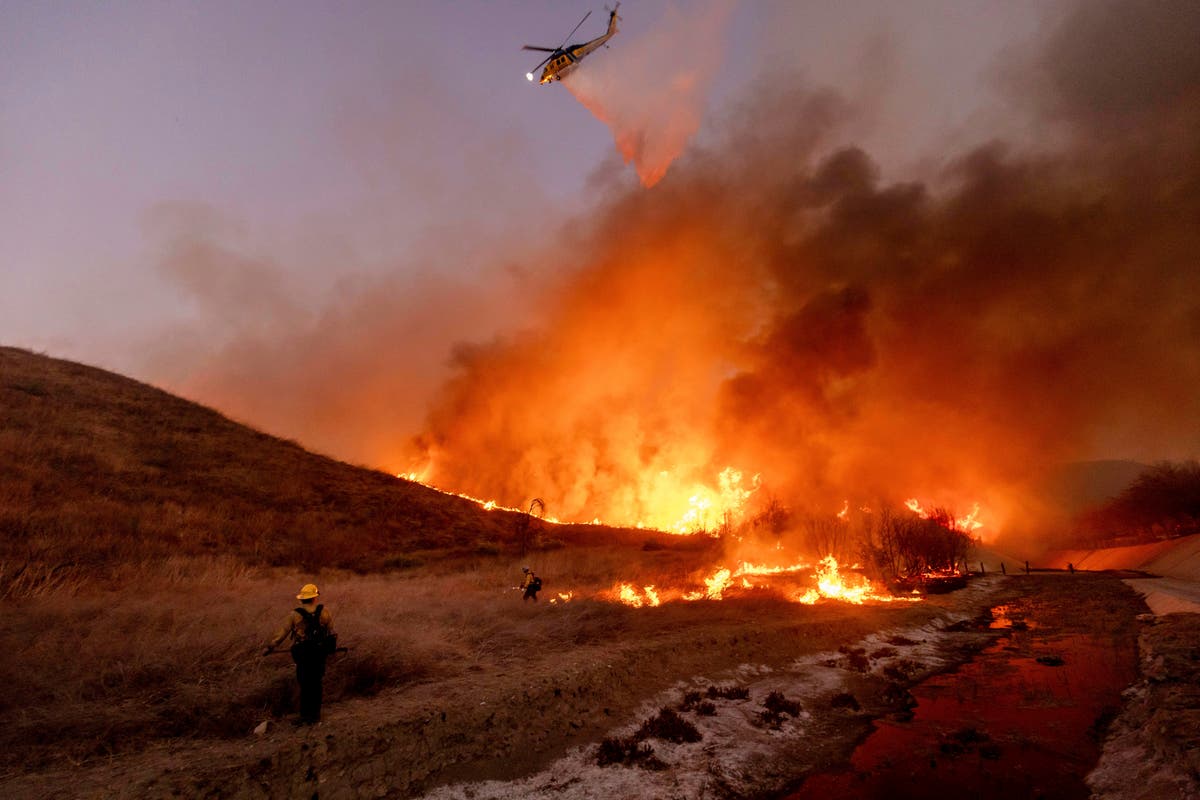A storm traveling from the northern Plains to the Midwest and Northeast during the first part of this week will spread a swath of accumulating snow in some areas and rain in others, AccuWeather meteorologists say. The storm will affect travel along the way and may thoroughly soak revelers waiting outdoors for in New York City.
The storm will track across the north-central United States from Monday to Tuesday bringing a stripe of snow that extended from Montana to Iowa.
Mild Pacific air in front of the storm will result in mostly rain from St. Louis to Indianapolis and Pittsburgh. As the storm progresses, just enough colder air will sneak in on the backside to allow snow to mix in or a complete change to a period of snow at the tail end along part of the Interstate 70 corridor.
Periods of rain and wet snow are in store for Chicago, Milwaukee and Detroit on Tuesday into Tuesday evening, which could make travel slippery for revelers, especially in the suburbs of these Midwest cities.
As the storm progresses across the Northeast states from Tuesday to Wednesday, rain will fall from the Ohio Valley to the mid-Atlantic and New England coasts, as well as over the central Appalachians and mountains in southern New England.
“We expect rain to move into midtown Manhattan sometime between 7 and 9 p.m. on New Year’s Eve and continue until 11 p.m. to 1 a.m. that night,” AccuWeather Meteorologist Alex Duffus said. “The rain will be heavy at times, and people standing in Times Square will get soaked during the evening.”
Duffus added that it is possible the steadiest rain may stop by the time the crystal ball descends, but there will still at least be intermittent rain and drizzle into the early morning hours on Wednesday. Actual temperatures will be near 50 F at midnight, but AccuWeather RealFeel® Temperatures may be close to 40 or in the 30s when the wind is blowing during the rain. There can be thunder and lightning that accompanies the rain on New Year’s Eve in New York City.
Just enough cold air will sweep in on the back side of the storm to bring a change from rain to snow in parts of the central and northern Appalachians, and then a period of lake-effect snow will quickly follow around the Great Lakes.
The amount of snow that falls on the central and northern Appalachians from Tuesday night to Wednesday will depend on the elevation. The valleys and low elevations may receive little to no accumulation, with a few slushy areas on roads possible.
In areas higher up, starting from about 1,500 feet, accumulations will trend upward from 1-6 inches with an AccuWeather Local StormMax™ of 24 inches over the ridges and peaks from the Adirondacks to the Green and White Mountains, including the Presidential Range in northern New England.
Roads that extend through the high ground, such as portions of Interstates 70, 80, 84 and 89, are most likely to become snow covered and slippery.
Lake-effect snow will ramp up in the wake of the midweek storm and may continue into the weekend as progressively colder air moves in. From Tuesday night to Thursday, portions of northern Michigan and the zone from northeastern Ohio to western New York and just east of Lake Ontario in northern New York may pick up 3-6 inches. More lake-effect snow will fall and may become heavy later in the week to the weekend.
The air will turn progressively colder behind the New Year’s Eve and New Year’s Day storm in the Midwest and Northeast. As the pattern evolves to bring some of the coldest air in years to parts of the Central and Southern states, storms with snow and ice may proceed with each new surge of cold air into the middle of the month.
Want next-level safety, ad-free? Unlock advanced, hyperlocal severe weather alerts when you subscribe to Premium+ on the AccuWeather app. AccuWeather Alerts™ are prompted by our expert meteorologists who monitor and analyze dangerous weather risks 24/7 to keep you and your family safer.




